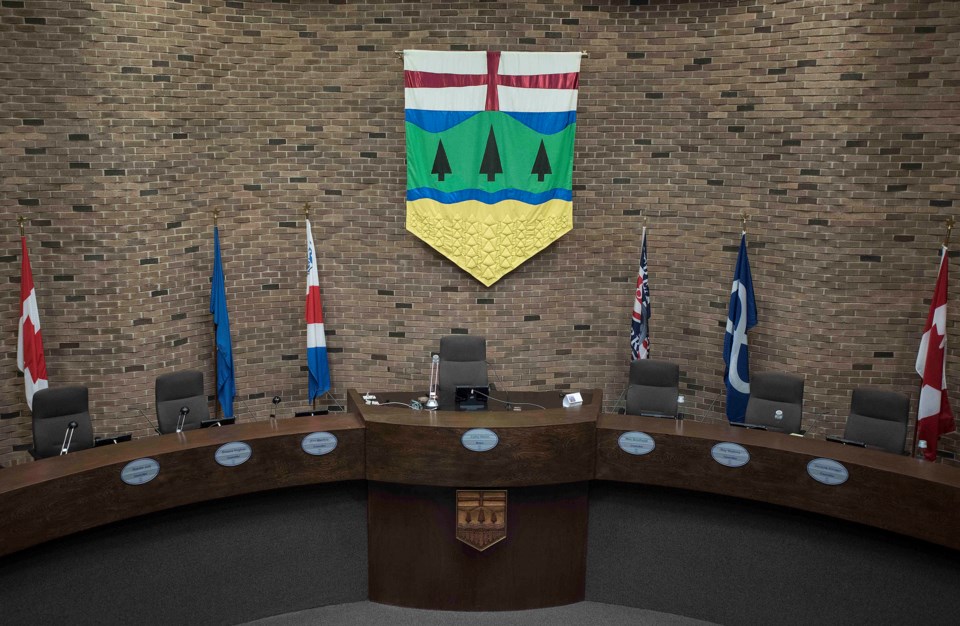Council will consider increasing the budget of replacing its asset management system to an Enterprise Maintenance Management and Asset Management (EMM-AM), following a presentation by city staff members to the Standing Committee of the Whole (SCOTW) on May 13.
The original Asset Management Replacement Project was brought forward in 2022, with a price tag of $1.4 million.
The updated project charter brings with it a request for a net budget increase of $5.1 million, bringing the total cost for the project to $6.5 million, to be funded from the Capital Reserve.
According to a report in the SCOTW agenda, Enterprise Asset Management (EAM) is "a combination of software, systems, processes and services used to maintain and control operational assets and equipment. The aim is to optimize the quality and utilization of assets throughout their lifecycle, increase productive uptime and reduce operational costs and total cost of ownership."
The implementation of the EMM-AM system is meant to "give a holistic view of complete asset lifecycle management including planning, procurement, operations, maintenance, and disposal of assets."
With over $1.4 billion of various assets in the city, St. Albert's Chief Administrative Officer Bill Fletcher stressed the need to move to a new asset management tool.
"As we look at a city of 72,000 rapidly growing to 100,000 -- right on the cusp of of that midsize to large city -- we need to evolve our processes," Fletcher said.
The risks associated with not proceeding with the project and implementing the tool are financial and operational in nature, Director of Engineering Dawny George told the standing committee of the whole.
"Financially, if you do not move from our somewhat reactive approach to asset management to a proactive one, life cycle costs will increase as reactive maintenance persists, diverting funds to emergency fixes instead of proactive planning," George said to the committee.
The implementation of the system would be staged. Stage one would begin in 2025 and its completion was estimated to be in Q4 2027. Stage one would see the platform applied to transportation, streets and sidewalk, solid waste, parks and usage area, trees and horticulture, capital asset planning and service request portal. The implementation, according to a report would continue through to 2031. Later stages would include assets like water, wastewater and storm water utilities, as well as municipal and recreational facilities.
The impact to the base budget following the implementation for 2031 is an estimated $65,200, with a five per cent increase applied for each following year.
Coun. Mike Killick was pleased to hear that the project has been reviewed with and implemented in "60 different locations across Canada and 12 other municipalities in Alberta."
"This is a major transformational project," Killick said. "We have a high level of confidence, by the sounds of it, that this will be successful over the long term."
Coun. Shelley Biermanski said she had some concerns with the lengthy rollout time.
"I realize the intent, we do have to manage assets. But the roll out time of six years and completion in seven is just so long that I feel like much of the data will be outdated by that time. And then the management of training staff to input the correct data could be a great variable with its continuous evolution as well," Biermanski said.
The motion to bring this to council passed by majority with only Biermanski opposed.




